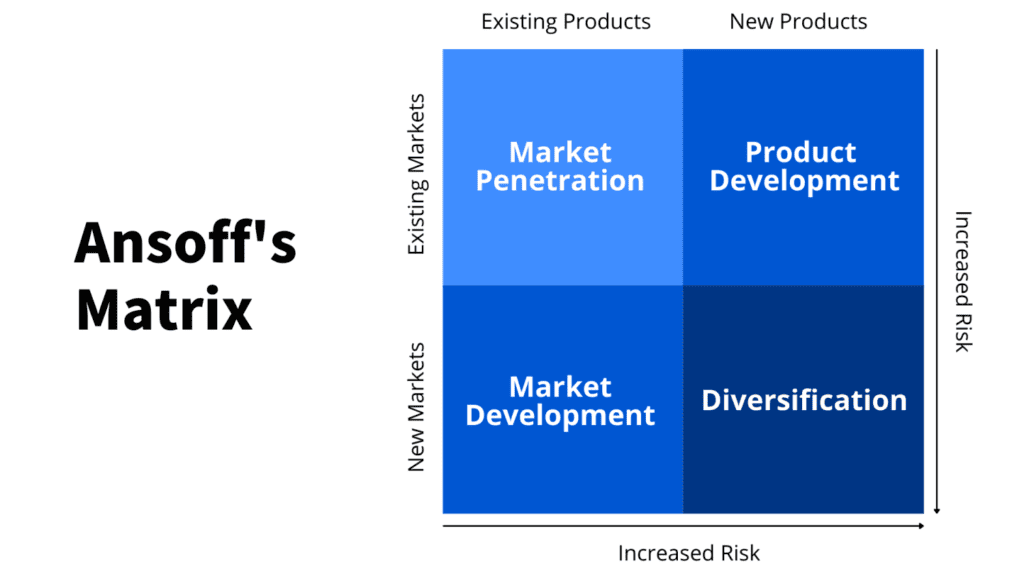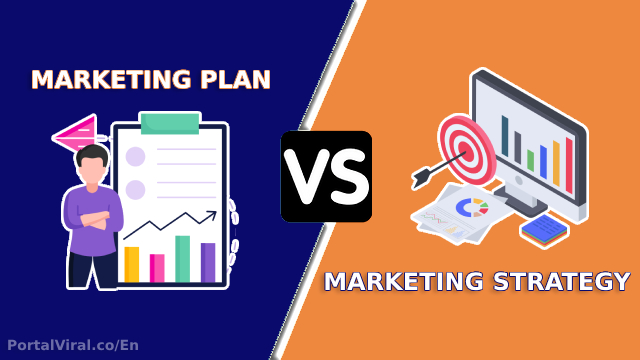A marketing strategy is like a big-picture plan that shows how a business wants to be valuable to its customers over the long haul. Instead of getting into the nitty-gritty details of particular ads and promotions. Marketing strategies are more like a guiding star for all the marketing work.
Although it might be tempting to jump right into making a marketing plan, taking time to think about your marketing strategies upfront can boost your product’s chances of doing well. And help you stand out from the competition. In this guide, we’ll explain what a marketing strategy is, why it’s crucial, the different kinds there are, and the steps you can take to make your own.
What Is a Marketing Strategy?
A marketing strategy is like a master plan a business uses to connect with potential customers and persuade them to buy its products or services. This plan includes important details. Such as what the company offers, the messages it wants to convey about its brand. And information about the people it wants to reach, and other big-picture ideas.
A well-thought-out marketing strategy covers what’s known as the “Four Ps of Marketing“: the product itself, how much it costs, where and how it’s sold, and how it’s promoted to the public.

Ansoff’s matrix encourages marketers to contemplate the essential components of the “marketing mix,” often referred to as the “Four Ps”:
- Product: This pertains to the specific offering being sold, including its features, quality, and uniqueness.
- Place: It refers to the distribution channels and locations where the product is made available to customers.
- Price: This involves determining the cost of the product and the pricing strategy employed, such as setting competitive prices or offering discounts.
- Promotion: It encompasses the methods and tactics used to market the product to the target audience, including advertising, public relations, and promotional campaigns.
The way a marketer defines and adjusts these four elements within their marketing efforts depends on their growth strategy and the prevailing political and economic conditions in their market.
Understanding Marketing Strategies
A well-defined marketing strategy should center on the company’s value proposition. This is essentially a message that tells consumers what the company represents, how it conducts its business, and why it’s worth their support.
This value proposition serves as a guide for the marketing team, shaping their efforts across all the company’s products and services. For instance, consider Walmart, which is renowned for offering “everyday low prices.” This concept forms the foundation of both its business operations and marketing campaigns.
Marketing Strategy Vs. Marketing Plan

The terms “marketing strategy” and “marketing plan” are often used interchangeably, but they represent distinct processes.
A marketing plan details the specific actions and tactics employed to execute a marketing campaign.
Also Read: What Is Marketing Plan?: Types and How To Write One
On the other hand, a marketing strategy provides the overarching framework for a marketing effort. Including identifying the target market base and defining marketing objectives. The strategy answers the “what” of marketing goals, while the plan outlines the “how” for achieving those objectives.
For instance, consider an e-commerce business aiming to expand its customer base. They initiate a referral program to encourage word-of-mouth marketing, but it doesn’t yield significant results. If they had a well-thought-out strategy, they might have recognized the need to reach new potential customers instead. In this case, a digital marketing strategy focused on targeted blog posts and search engine optimization (SEO). Would likely have delivered better outcomes.
Benefits of a Marketing Strategy
The primary aim of a marketing strategy is to gain and convey a lasting edge over competitors by comprehending the desires and preferences of customers. Whether it’s a print advertisement, customized offerings, or a social media promotion, the success of a marketing asset is determined by how well it conveys a company’s fundamental value.
Market research plays a crucial role in assessing the effectiveness of a particular campaign and uncovering potential customer segments that can contribute to achieving financial objectives and boosting sales.
How to Create a Marketing Strategy
Creating an effective marketing strategy involves several key steps, as outlined by HubSpot, a valuable digital marketing resource:
1. Identify Your Goals
While the ultimate goal is often increased sales, it’s essential to set short-term objectives like establishing authority, boosting customer engagement, or generating leads. These smaller goals provide measurable milestones for tracking your marketing plan’s progress. Think of strategy as the big-picture vision and planning as the means to achieve these goals.
2. Know Your Target Audience
Every product or service has an ideal customer, and you must identify who they are and where they spend their time. If you sell power tools, you’ll want to use marketing channels frequented by general contractors who can benefit from your products. Understand your client base and how your product will enhance their lives.
Also Read: How to Find Your Audience?
3. Craft Your Message
Now that you have clear goals and know your audience, it’s time to create your messaging. This is your chance to demonstrate to potential clients how your product or service will add value to their lives and why your company is the best choice.
4. Define Your Budget
Your budget will determine how you distribute your messaging. Are you planning to invest in advertising? Hoping for organic viral exposure on social media? Sending press releases to gain media coverage? Your budget will dictate the extent of your marketing activities.
5. Select Your Marketing Channels
Even the most compelling message needs the right platform. Some companies may benefit from creating blog posts on their website, while others may find success through paid social media ads. Choose the most suitable platforms for sharing your content.
6. Measure Your Success
To fine-tune your marketing efforts, you need to determine whether they are reaching the intended audience. Establish metrics and criteria for assessing the success of your marketing endeavors.
Also Read: Business Success Tips for Beginners
Following these steps will help you create a well-rounded marketing strategy that aligns with your business objectives and resonates with your target audience.




